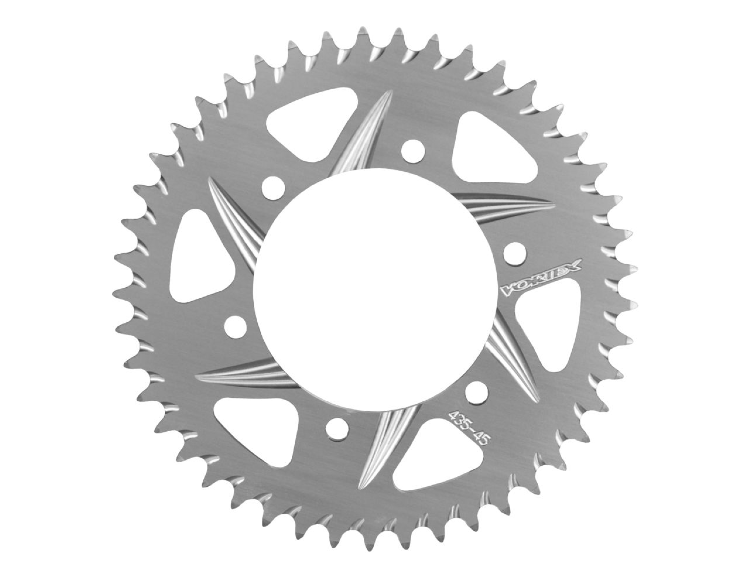The Starting Line - What Size Sprocket Should I Run?
|
|
| September 28th, 2015 |
Sprockets - How do you determine what size you need?Determining the right sprocket size for your motorcycle involves considering various factors, and the process can be specific to each bike and rider. Here are some insights from experienced riders:
|
For a more in depth answer, check out our tech article on gearing.Check out our sprockets here
|
<-Previous Issue
|
Next Issue -> |




